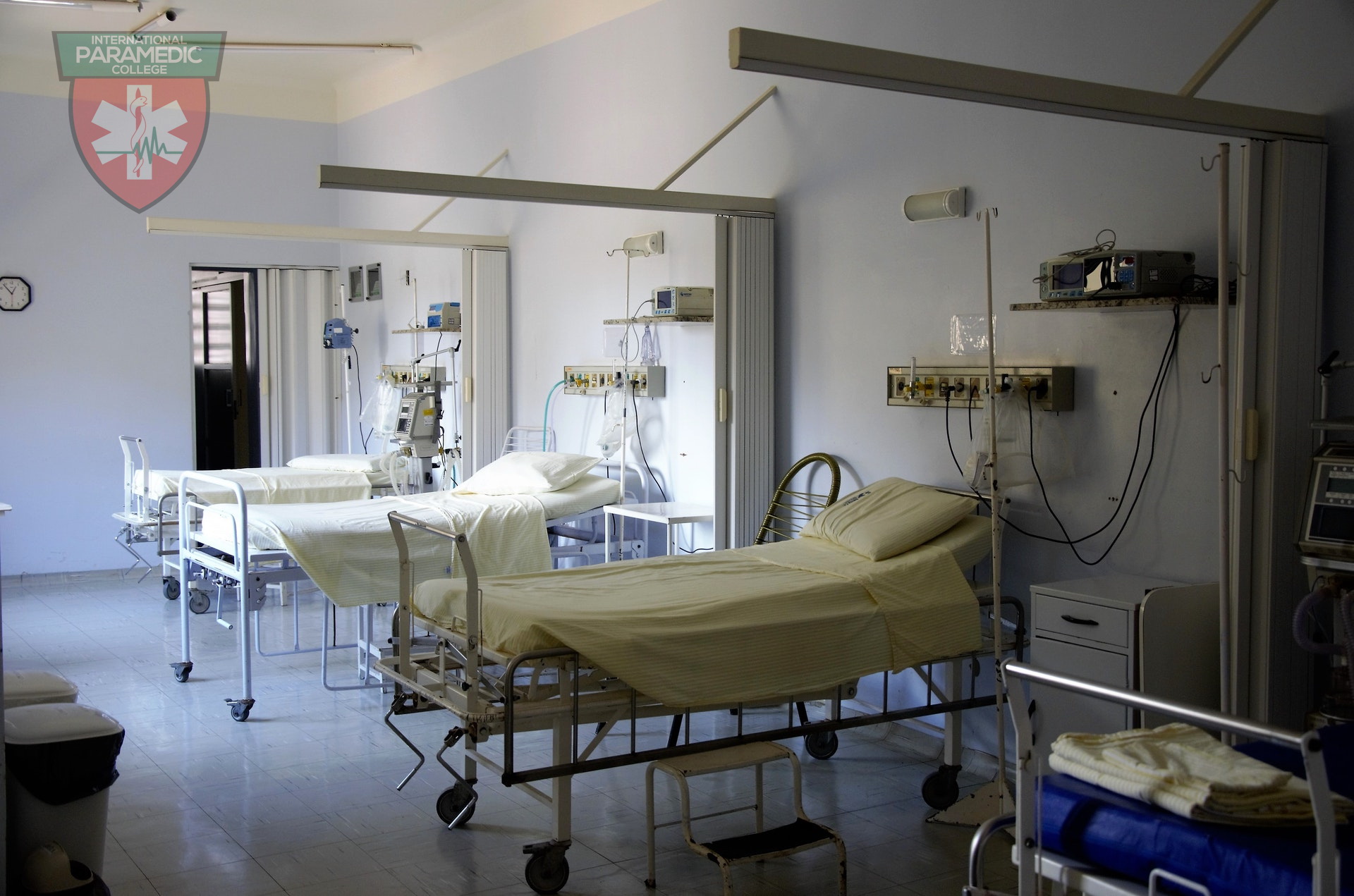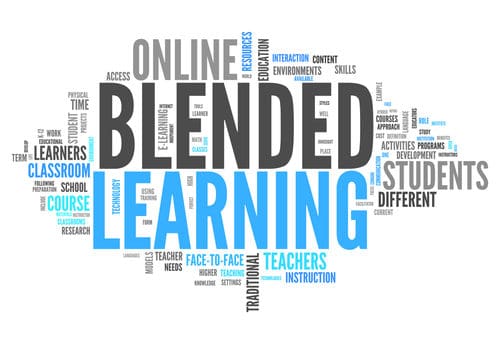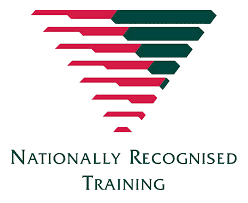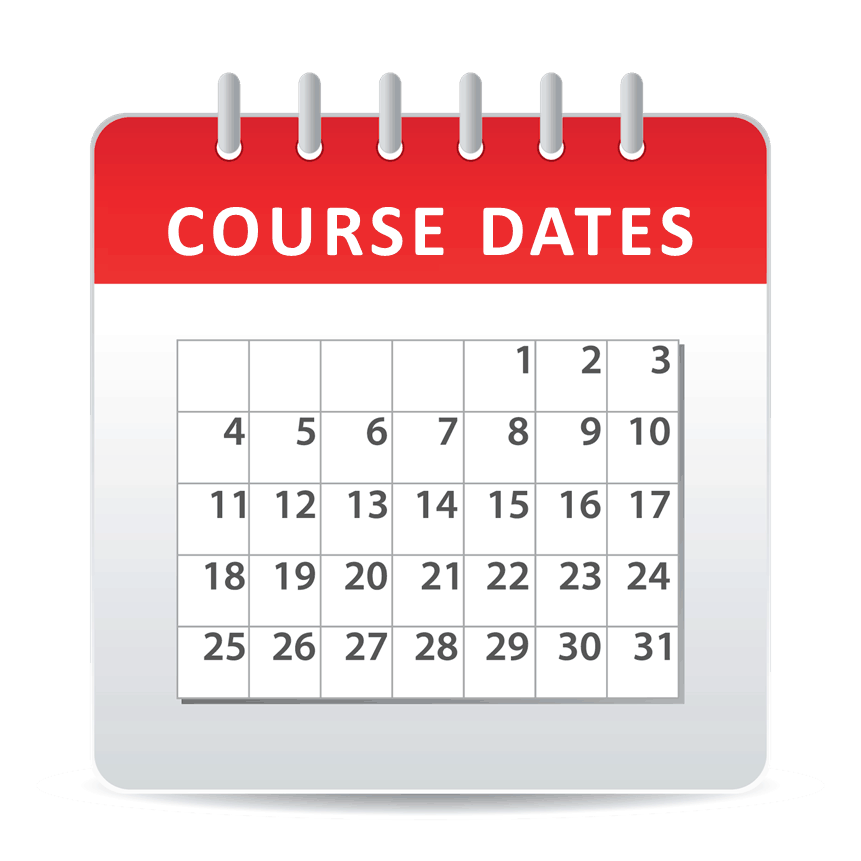HLTAMB011
Manage a Routine Non-emergency Scene

What you will learn by studying this unit
- Undertake appropriate roles as prescribed by Acts, regulations, and organisation policies and procedures
- Support collaborative planning and action in accordance with emergency operational procedures
- Identify real or potential hazards where there are risks to participants or bystanders
- Identify opportunities to utilise emergency resources and improvise as required to secure the scene
- Prepare for possible escalation of the situation into an emergency
These units are common units in the paramedical and general health care sector training and education courses.
All our units are written by us and have a paramedic/prehospital care focus
Paramedical EMT First Responder Courses and Learning Pathway to Becoming a Paramedic
HLT21020 Certificate II in Medical Service First Response
HLT31220 Certificate III in Basic Health Care
HLT31120 Certificate III in Non-Emergency Patient Transport (NEPT)
HLT41120 Certificate IV in Health Care (First responder EMT Medic)
HLT51020 Diploma of Emergency Health Care (Paramedical Training)
Health & Administration Units
HLT37315 Certificate III in Health Administration
HLT47315 Certificate IV in Health Administration
HLT37215 Certificate III in Pathology Collection
Nursing & Community Services Units
CHC43115 Certificate IV in Disability
CHC43015 Certificate IV in Ageing Support
HLT51020 Diploma of Nursing
Elements and Performance Criteria for this Paramedic/Medic unit
What does this mean? Elements, which tell me what I should be able to do if I am competent in this unit of a course; Performance Criteria, which tell me how I can show that I am competent in the individual tasks or activities to the required standards
|
Elements define the essential outcomes |
Performance criteria describe the performance needed to demonstrate achievement of the element. |
|
1. Attend non-emergency scene |
1.1 Undertake appropriate roles as prescribed by Acts, regulations, and organisation policies and procedures 1.2 Identify and maintain lines of communication with others according to communication protocols and organisation policy and procedures 1.3 Support collaborative planning and action in accordance with emergency operational procedures |
|
2. Take appropriate measures to ensure safety at the scene |
2.1 Identify real or potential hazards where there are risks to participants or bystanders 2.2 Position vehicle, equipment, and resources to facilitate safe access and departure and protect self, colleague, and patient 2.3 Wear personal protective equipment at the scene in accordance with emergency operational procedures 2.4 Identify opportunities to utilise emergency resources and improvise as required to secure the scene 2.5 Minimise risk by enlisting hazard reduction agents to enable patient treatment in hazard-free, or hazard-reduced, environment 2.6 Prepare for possible escalation of situation into an emergency |
Performance Evidence for CHCCOM005 – HLTAMB011 – Manage a Routine Non-emergency Scene:
The candidate must show evidence of the ability to complete tasks outlined in elements and performance criteria of this unit, manage tasks and manage contingencies in the context of the job role. There must be evidence that the candidate has:
- managed 1 routine non-emergency scene, including:
- taken appropriate measures to ensure safety
- identified hazards, real or potential, where there are risks to participants or bystanders
- minimised risk by enlisting hazard reduction agents
- made decisions to ensure rapid and safe access and egress
- used available resources.
Knowledge Evidence for HLTAMB011 – Manage a Routine Non-emergency Scene:
The candidate must be able to demonstrate essential knowledge required to effectively complete tasks outlined in elements and performance criteria of this unit, manage tasks and manage contingencies in the context of the work role. This includes knowledge of:
- command, control, and coordination responsibilities – working knowledge
- how to evaluate management strategies used in routine non-emergency activities
- hazards and potential hazards at a scene and their effect on safe access and egress
- relevant policies and procedures relating to non-emergency management, including:
- organisation policies and procedures
- allied service procedures
- State/Territory policies and procedures
- relevant current national standards such as:
- Australian Emergency Management Handbook Series
- National Emergency Risk Assessment Guidelines
- Australian/New Zealand Standard AS/NZS ISO 31000:2009 Risk management – Principles and guidelines
- National Safety and Quality Health Service (NSQHS) Standards
- Australian guidelines for the prevention and control of infection in healthcare (2010)
Assessment Conditions for HLTAMB011 – Manage a Routine Non-emergency Scene:
Skills must have been demonstrated in the workplace or in a simulated environment that reflects workplace conditions. The following conditions must be met for this unit:
- use of suitable facilities, resources, and equipment as per local governing body including:
- vehicle or equipment
- personal protective equipment
- organisation policies and procedures on which the candidate bases the planning process
The skills in this unit must be applied in accordance with Commonwealth and State/Territory legislation, Australian/New Zealand standards and industry codes of practice.
To see more details on this paramedical unit HLTAMB011 – Manage a Routine Non-emergency Scene click here to view the full details here on training.gov
Pre Hospital Care and Health Care Jobs and Career Choices
Jobs and careers in the growing health sector are expanding and rapidly changing with advances in patient care and management. These units can be used across many roles in the health and community sector. Develop a career plan and have research our units and qualifications to see what might fit with your plan. For assistance, Contact us
Book Your Course Online Now

Locations Available
Click here to see our public course locations





